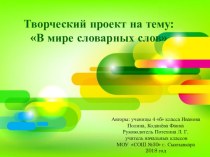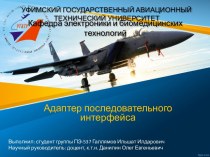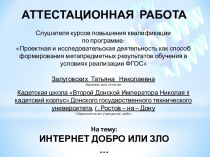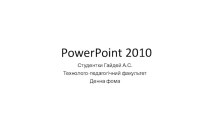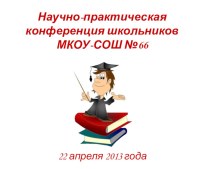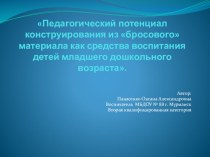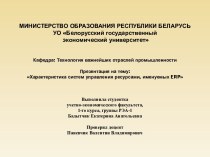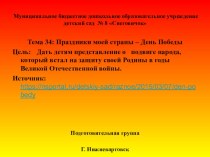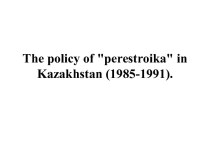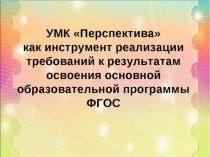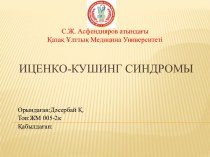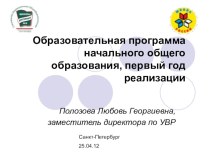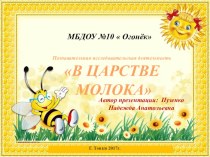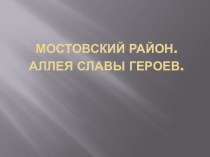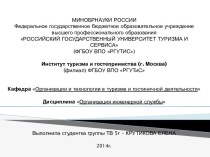- Главная
- Разное
- Бизнес и предпринимательство
- Образование
- Развлечения
- Государство
- Спорт
- Графика
- Культурология
- Еда и кулинария
- Лингвистика
- Религиоведение
- Черчение
- Физкультура
- ИЗО
- Психология
- Социология
- Английский язык
- Астрономия
- Алгебра
- Биология
- География
- Геометрия
- Детские презентации
- Информатика
- История
- Литература
- Маркетинг
- Математика
- Медицина
- Менеджмент
- Музыка
- МХК
- Немецкий язык
- ОБЖ
- Обществознание
- Окружающий мир
- Педагогика
- Русский язык
- Технология
- Физика
- Философия
- Химия
- Шаблоны, картинки для презентаций
- Экология
- Экономика
- Юриспруденция
Что такое findslide.org?
FindSlide.org - это сайт презентаций, докладов, шаблонов в формате PowerPoint.
Обратная связь
Email: Нажмите что бы посмотреть
Презентация на тему An accelerator-driven system for the destruction of nuclear waste
Содержание
- 2. Nizhny Novgorod State Technical University
- 3. Institute of Nuclear Power Engineering and Applied Physics
- 4. Carlo RubbiaCarlo Rubbia, (born 31 March 1934)
- 5. Тime evolution of the potential radiotoxicity (relative
- 6. Schematic of the Energy Amplifier unit
- 7. Why fast neutrons?
- 8. The acceleratorlinear acceleratorcyclotron
- 9. Target for the protons
- 10. Application areaMedical applicationsDestruction of nuclear waste
- 11. ABSTRACTThe concept of the EA was proposed
- 12. Скачать презентацию
- 13. Похожие презентации
Nizhny Novgorod State Technical University
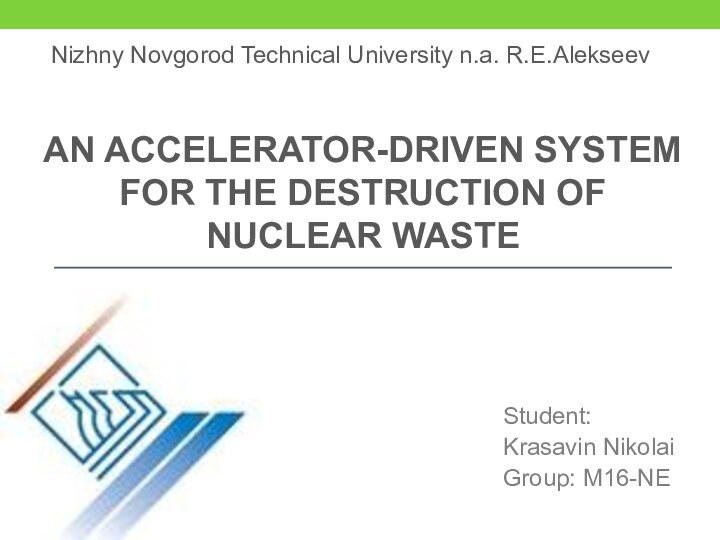

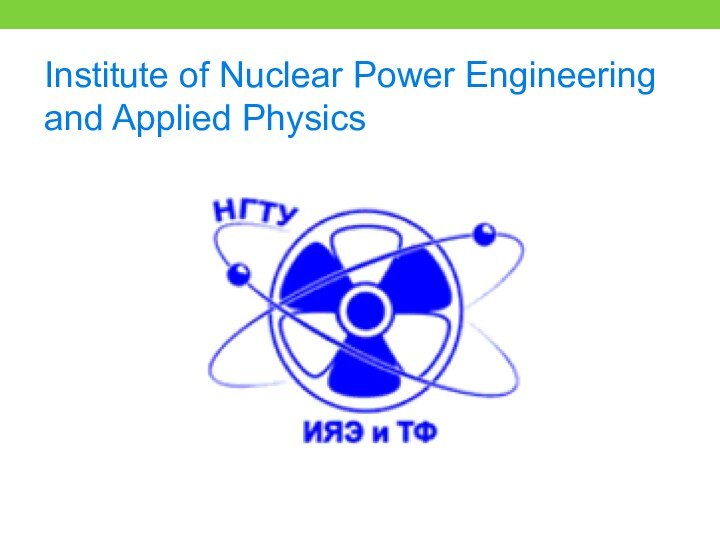
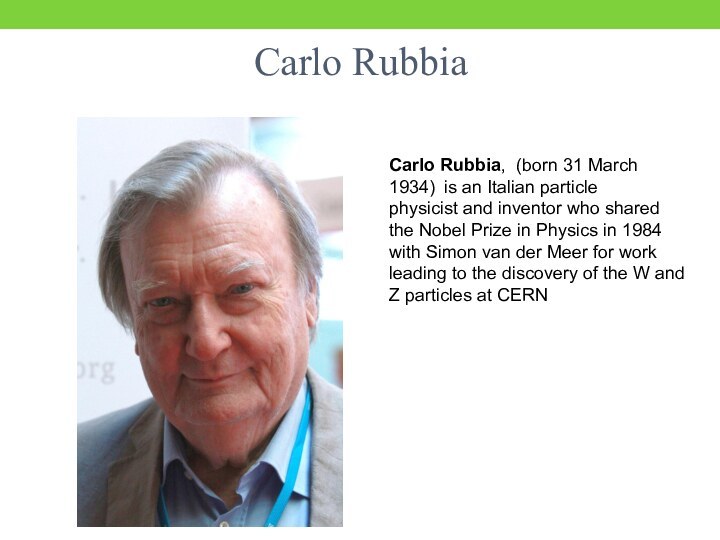
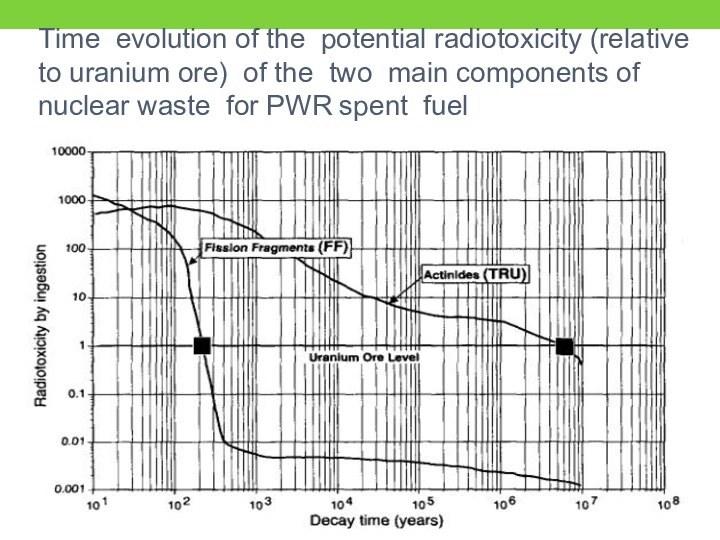
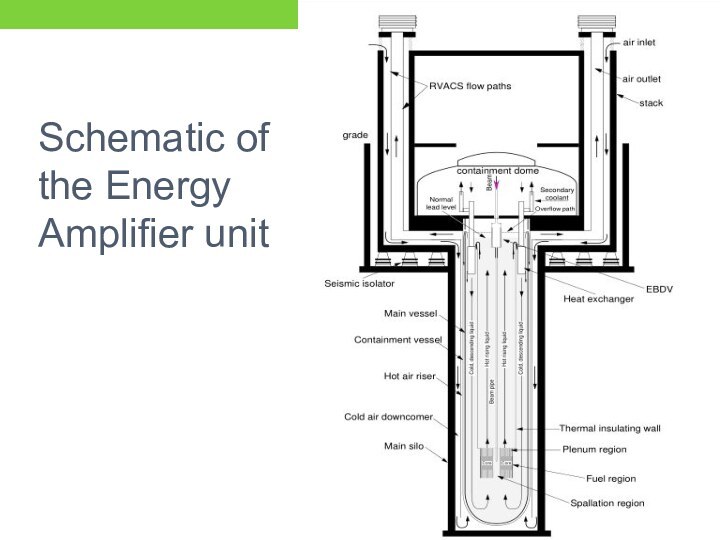
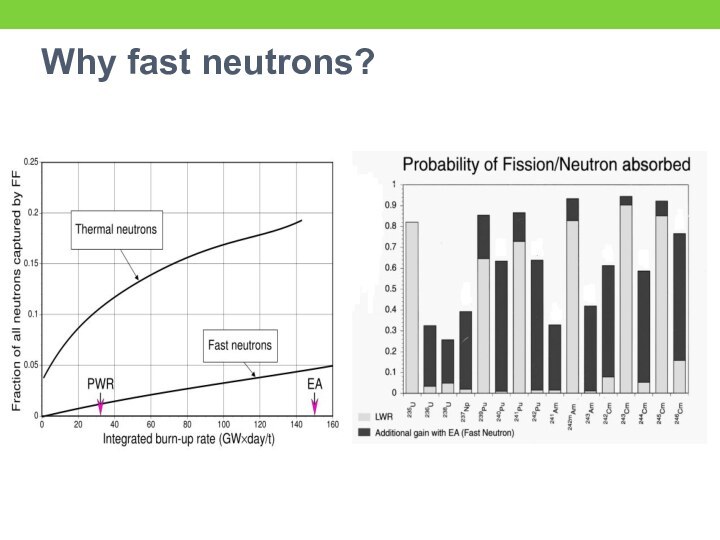
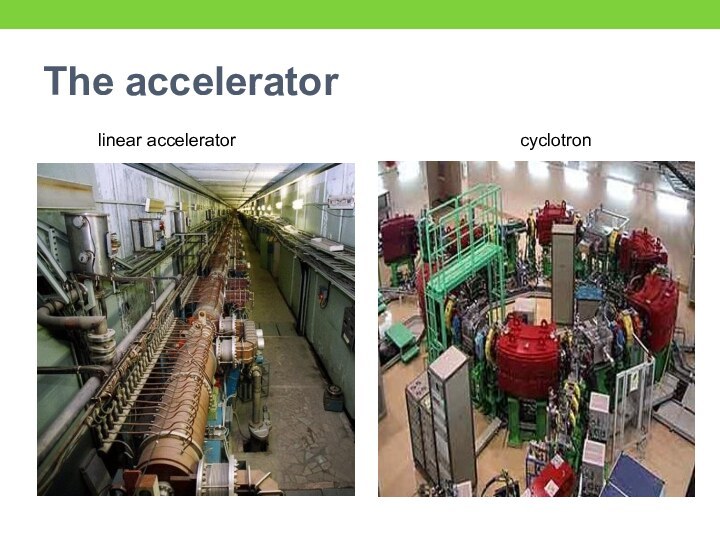
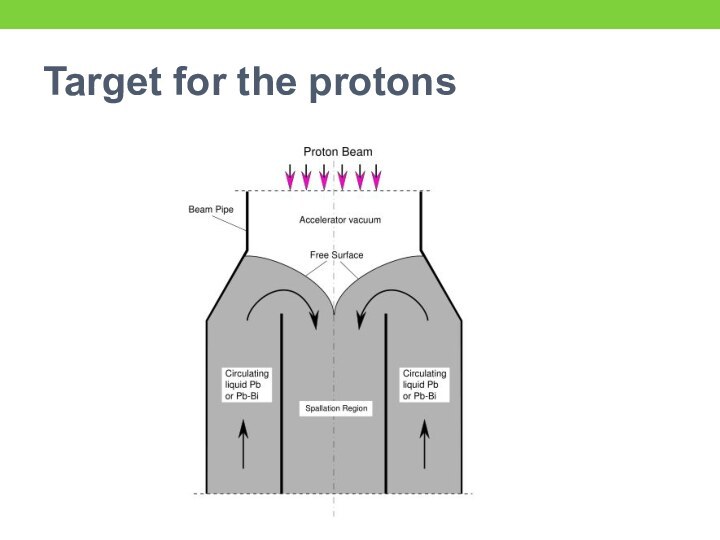
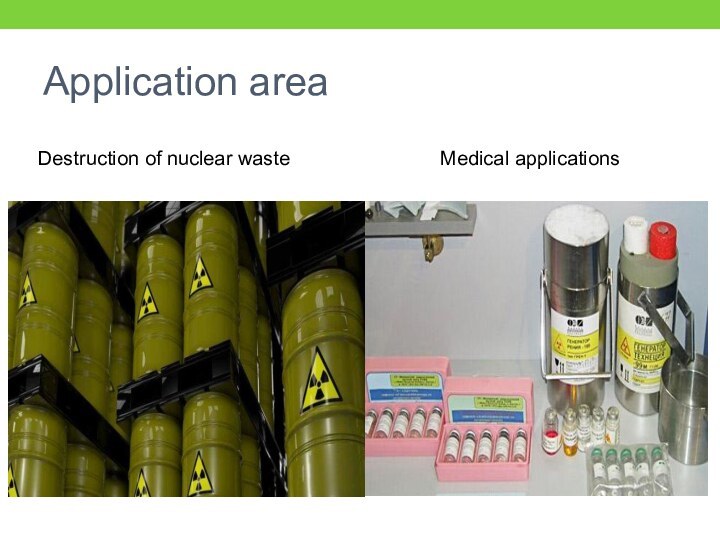


Слайд 5 Тime evolution of the potential radiotoxicity (relative to
uranium ore) of the two main components of nuclear
waste for PWR spent fuel
Слайд 11
ABSTRACT
The concept of the EA was proposed by
C. Rubbia and his group specifically as an answer
to the concerns raised by current nuclear energy production.Transuranic elements (TRU) and fission fragments (FF) are the two main components of nuclear waste. TRU can only be destroyed by fission, while FF can only be destroyed by neutron capture. As the long-term radiotoxicity of waste is clearly dominated by TRU, the EA has been designed to destroy them with the highest efficiency.
The Energy Amplifier is a subcritical, fast neutron system, driven by a proton accelerator. In the fast neutron flux provided by the EA all TRU can undergo fission, a process which eliminates them, while in a PWR thermal neutron flux many TRU do not fission and thus accumulate as waste. The proposed system has a neutron multiplication coefficient (k) of 0.98. The sustainability of the nuclear fission reactions is made possible because of the presence of an external source of neutrons provided by the proton beam. Experts agree that present accelerator technology can provide the required beam power with either linac or cyclotron solutions. The spallation target has to provide the highest possible neutron yield, be transparent to neutrons, and at the same time sustain a large beam power of 10 to 20 MW. In this respect, molten lead is almost an ideal candidate. The general strategy consists of using as fuel thorium mixed with TRU.
An Energy Amplifier could destroy TRU through fission at about twice the rate at which they are produced in PWRs. LLFF such as 129I and 99Tc could be transmuted into stable elements in a parasitic mode, around the EA core, making use of the ARC method. A second important application domain of ARC is the production of radioisotopes for medical applications. ARC which is very efficient for destroying fission fragments can also be used to induce any other type of nuclear transmutation (i.e. radioisotope production).
Fundamental research is a strong driving force in innovation and can lead to potential solutions of some of the most difficult problems facing our society at the beginning of the third millennium.
